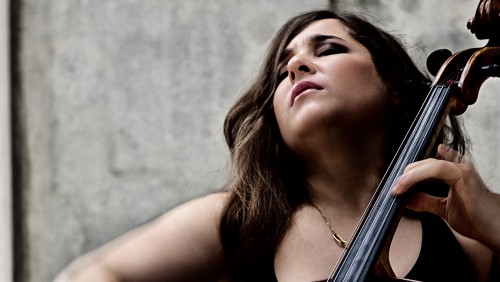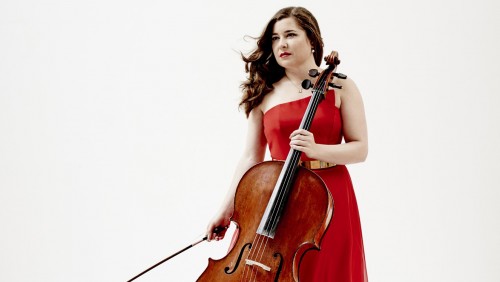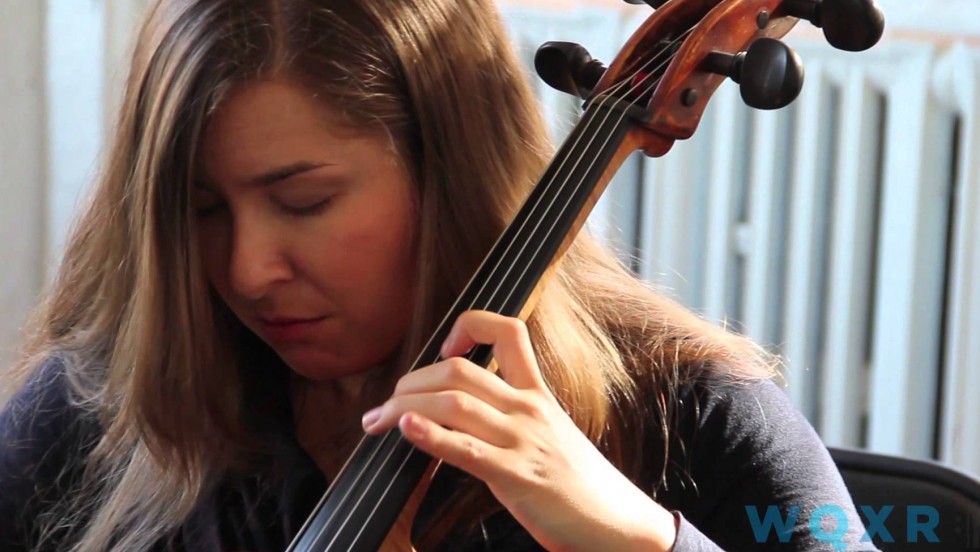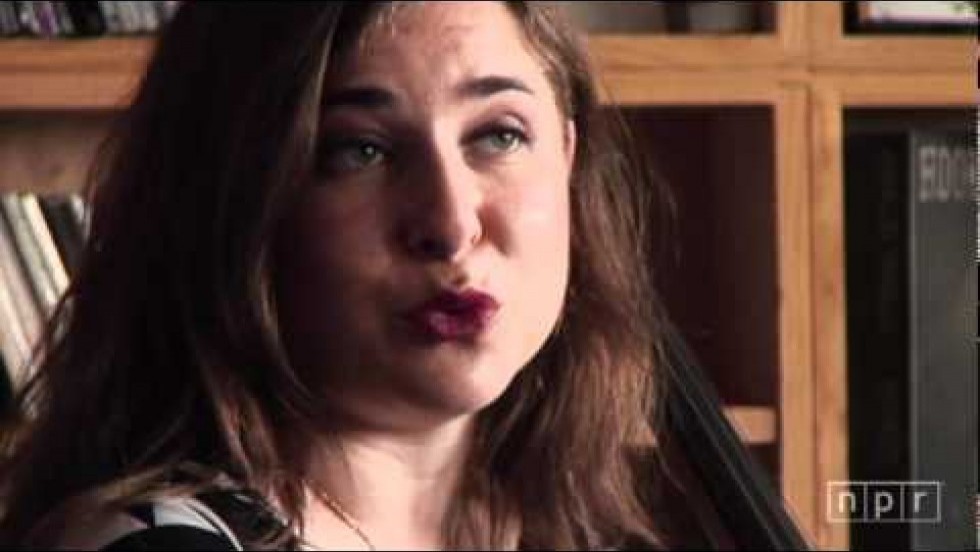Alisa Weilerstein, cello: Complete Bach Cello Suites
Cookie Notice
This site uses cookies to measure our traffic and improve your experience. By clicking "OK" you consent to our use of cookies.
“It’s like Transcendental Meditation, almost, this incredible arc,” said Alisa Weilerstein to the New York Times about performing Bach’s six unaccompanied cello suites. One of the leading talents of her generation returns for her fourth Celebrity Series appearance playing arguably the pinnacle of the cello lexicon: a must-hear concert for music lovers!
This performance is not eligible for group discounts.
Program
Johann Sebastian Bach Cello Suites Nos. 1-6
Runtime: Approximately 3 hours with a pause between Suites 2 & 3 (10 minutes: please remain at/near your seat) and a 20-minute intermission between Suites 4 & 5.
Concessions will be available during the 20-minute intermission. Click here for the menu.
Prices, seating sections, and programs are subject to change.
Artist Videos

“By the end of the Sixth, she seemed a different person than the one who began the journey, other than the fact that she never lost her poise. Her command of the cello, of its sound and of Bach, was consummate.”
Mark Swed Los Angeles Times

“[Weilerstein] is showing the world that hers is a talent that only comes along once in a very long while.”
The Daily Telegraph
Media Partner
![]()
Notes on the program
Johann Sebastian Bach (1685-1750)
Six Cello Suites, BWV 1007-1012 (c. 1720)
Bach served as Kapellmeister to Prince Leopold of Cöthen from 1717 to 1723. Working in a secular position for a musically inclined patron, Bach concentrated more on instrumental music than at any other point in his career, and he produced such landmark works as the Brandenburg concertos, the sonatas
Most of Bach’s pieces fell out of favor for some period after his lifetime, but the cello suites suffered a particularly dark hibernation through much of the 19th century. One early champion was Friedrich Grützmacher, a German cellist, composer
Suite no. 1 in G Major, BWV 1007
Each suite begins with a Prelude, and none is more recognizable than the noble opening to the First Suite in G Major, with its broken chords that maximize the resonance of the cello’s open strings. The suites also share a consistent sequence of dances, using styles popularized in France in the late seventeenth century. (King Louis XIV was an avid dancer, and his court composers established the template for the instrumental dance suite.) The Allemande, so named for its adaptation of an older German style, tends to be even and flowing, as in the First Suite’s example, although the style encompasses a range of tempos. The Courante, which translates as “running,” is always quite spry in its three-beat pulse. The Sarabande, by contrast, is a slow and stately dance, imported to France by way of Spain (and Spanish-American colonies before that). The penultimate dance style is the only flexible detail in Bach’s otherwise consistent scheme for the suites, but
Suite no. 2 in D minor, BWV 1008
The home key of D minor sets the Second Suite on a wholly different emotional terrain than the bright and joyous First Suite. Besides the darker harmonies of the minor key, the textures are also
Suite no. 3 in C Major, BWV 1009
The Third Suite’s key setting of C major enhances the impact of the cello’s lowest note, the open C-string. The Prelude begins with a scale and arpeggio that drops through two octaves of C major to land on that rich low C; at the end, four-note chords culminate in one last voicing of C major that spans the same robust range. Instead of the
Suite no. 4 in E-flat Major, BWV 1010
The Prelude of the Fourth Suite is another prime example of Bach’s ability to create the sensation of multiple voices even though only one note sounds at a time; the leaps through different ranges and the grouping of certain phrases
Suite no. 5 in C minor, BWV 1011
The Fifth Suite calls for a distinctive tuning, with the high A-string lowered one step to G. Modern cellists sometimes maintain a standard tuning, but either
Suite no. 6 in D Major, BWV 1012
The instrument that Bach had in mind when he composed the Sixth Cello Suite had five strings instead of the usual four, extending its range higher into the treble register. This suite’s Prelude is very specific in its idiomatic use of open strings, exploiting the tones of D and A that are central to the D-major tonality. The Prelude also uses alternations of forte and piano dynamics to create echo effects, further enhancing the keen sense of instrumental color. The ornate, songlike Allemande is an especially expressive approach to the form, and the tandem Gavottes (occupying the same penultimate spot as the earlier Minuets and Bourrées) bring some of the heartiest and most beloved music from any of the suites.
© 2019 Aaron Grad
Concessions Available
Visit
Dessert Bars: $3.00
Hummus cups: $4.00
½ sandwich: $4.00
Cheese plate: $5.00
Freshly Baked Cupcakes: $3.00
Freshly Baked Cookie: $1.50
Assorted Candy: $2.00
Assorted Chips: $2.00
Assorted Nuts: $2.00
Kind bars: $3.00
Bottled Soda: $2.00
Bottled Water: $2.50
Sparkling Water: $3.00
Starbucks Freshly Brewed Coffee: $2.50
Tazo Tea: $2.50
Please note: water only is permitted in the historic Jordan Hall
Stay in touch with Celebrity Series of Boston and get the latest.
Email Updates Sign up for Email Updates

